Omicron is a mystery - "scientific alarms have started to sound"
Last Friday, a race commenced between the virus and information about it, and for a while the information was faster, although there were almost none.
Friday, 03.12.2021.
07:20
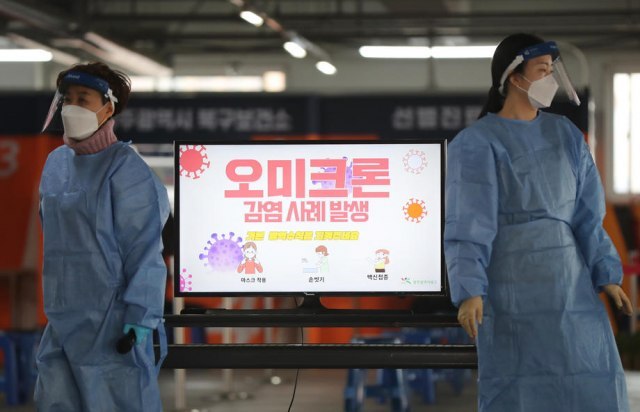
Omicron is a mystery - "scientific alarms have started to sound"
South African scientists have identified a new variant of the virus that causes COVID-19, and the World Health Organization gave it the spy fantastic name "omicron" within days, due to a series of mutations in its protein spikes, nanomechanical tentacles that connect and break into cells, scientific alarms have begun to sound off, writes Wired.However, these were alarms in the style of "we need to check this", rather than "this stirs general confusion", the paper writes.
Travel ban, border closure...
Panic spread as scientists identified omicron in 18 countries, leading to travel bans, border closures, stock market crashes and concerns in the United States over the holiday weekend that the world reversed to March 2020.Researchers in South Africa and Botswana have discovered most of the cases so far, although this may be just an artifact of the search for them. On Tuesday, Dutch authorities announced that the earliest case they could identify was 11 days old, before the identification of omicrons in South Africa.
This means that the omicron strain is widespread and mysterious because no one knows anything about it yet. Public health authorities do not yet know whether it is more virulent or contagious than the delta strain, which has replaced most other variants of the SARS-CoV-2 virus since last summer.
One important thing that scientists need to know
"What scientists don't know, but need to find out, is how effectively omicron moves from person to person. Can it circumvent the immunity acquired by a previous infection or vaccine? Does it cause more serious diseases? We need more data," Angela Rasmussen, corona-virologist at the International Vaccine Center in Saskatchewan, Canada, said.This includes searching for genomic and epidemiological data, understanding strain immunological differences, and collecting statistics on penetrating infections and hospitalizations.
Key information is missing
All this will be complicated due to the lack of key information - how long Omicron has been spreading around the world. New Dutch data show that more time has passed than health experts had hoped. Is this the beginning of the wave, or the middle, or the end of the wave that no one noticed?"It seems to have been caught at the beginning of the climb, at a time when everyone was focused on the delta strain," said John Connor, a microbiologist at Boston University. If this is really just the beginning, then everyone with omicron could still be one tightly knit group, demographically or biologically.
Therefore, this variant could look more dangerous, because it moves faster or makes people sicker, if for some reason this group was more vulnerable than the general population. Or it could be the opposite.
To understand this, disease dynamics researchers could conduct "forensic research" to see how previous delta-like waves behaved and compare it to what is happening with omicron. That could say something about how heavy the omicron wave will be.
"How wrong would we be to evaluate a delta strain in the same period in which we recognize omicron?" asks Matthew Ferrari, Director of the Center for Infectious Disease Dynamics at Penn State University.
Lots of mutations in omicron
"Researchers have these numbers for other strains of COVID, including delta, alpha, and even the original found in Wuhan. What's particularly interesting about omicron is that there are so many mutations compared to what we saw in the 'wild type' and delta, the primary variants we have had so far.There is such a difference that we now have to worry about how the differences will interact", Ferrari told Wired. The next step will be to do the same tests, virus versus immunity, with omicron itself.
"We can export them relatively quickly, but they have to work in specialized environments with a third level of biosafety," says Ferrari.
This means that laboratories for dangerous respiratory pathogens have been set up, with air locks, and all employees wear protective equipment and respirators. Ferrari says that these results could be obtained in a week or two, and Kilpatrick says that they could come earlier.
It takes a long time to figure out how omicron affects people
Another confusing fact is that HIV-AIDS is still prevalent in sub-Saharan Africa, where many infected people have not had access to antiretroviral drugs.This could mean a synergy of diseases, someone whose immune system has undermined the disease could be an incubator for new mutations, as happened last year with an immunocompromised patient in the UK.
"In someone with a strong immune system, the virus will be able to evolve shortly before that person's immune system destroys replication. But we know that in immunocompromised people, the virus just goes crazy. It's comforting because the evolutionary pressure of the virus does something really great for humanity as a whole", says Anna Bernstein, an Assistant Professor at the NIU Grossman School of Medicine.


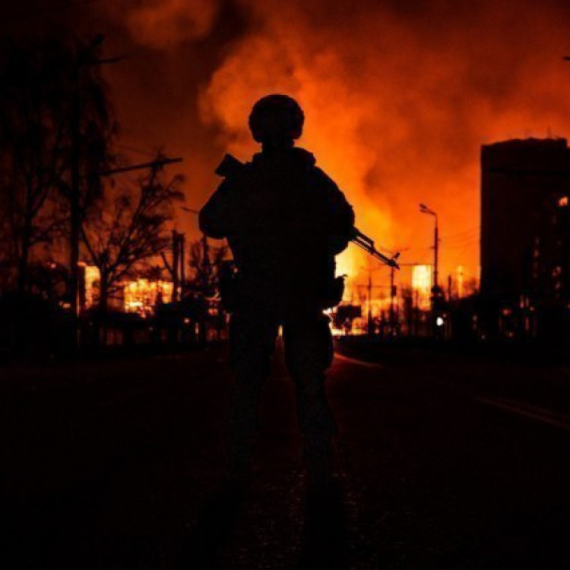



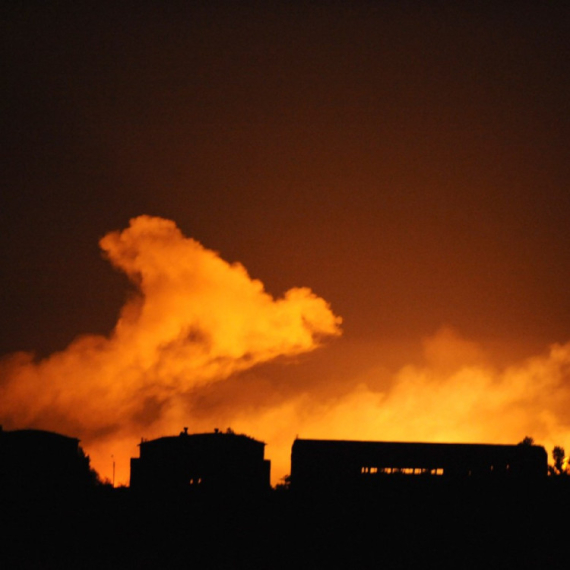



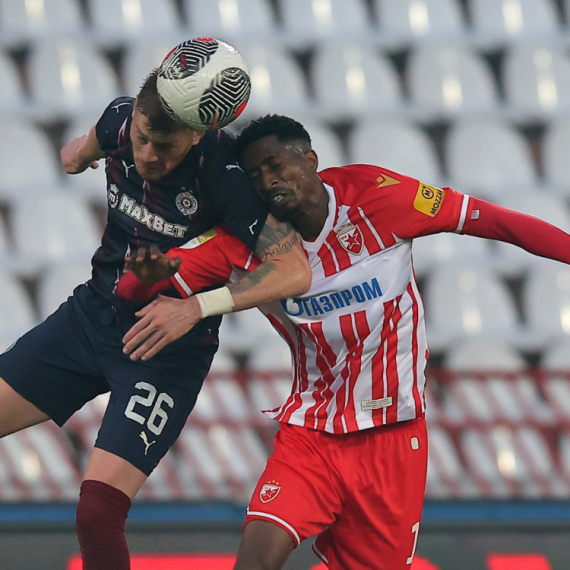












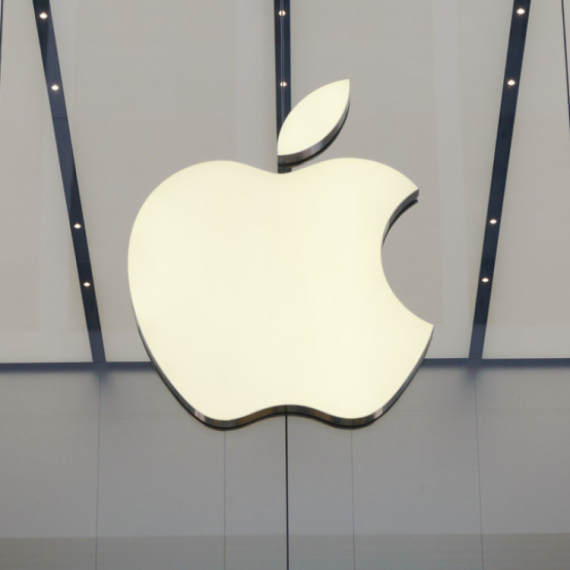



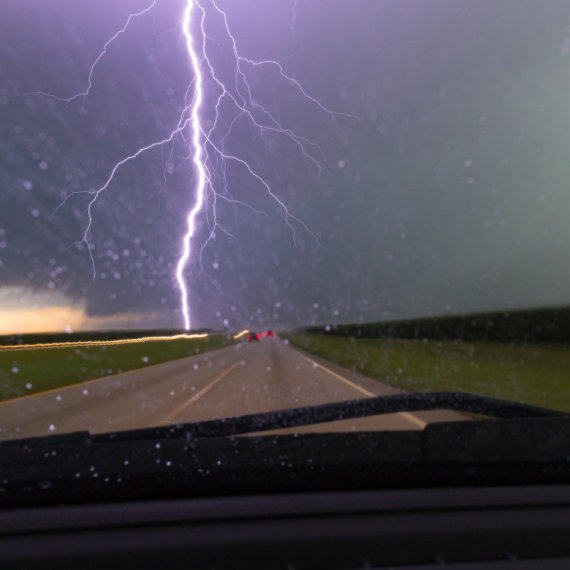




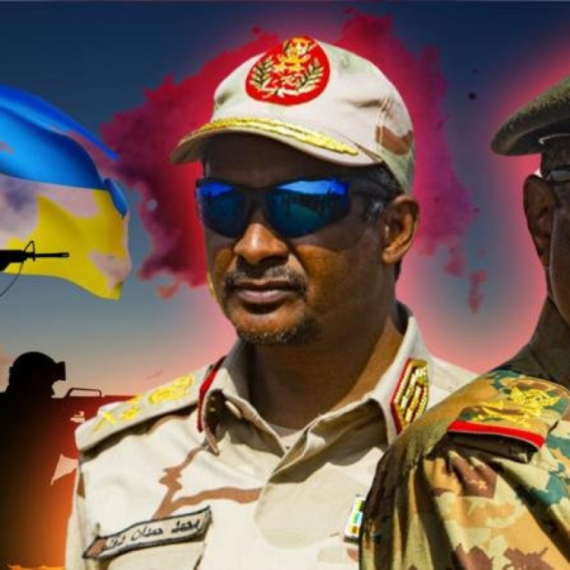


Komentari 0